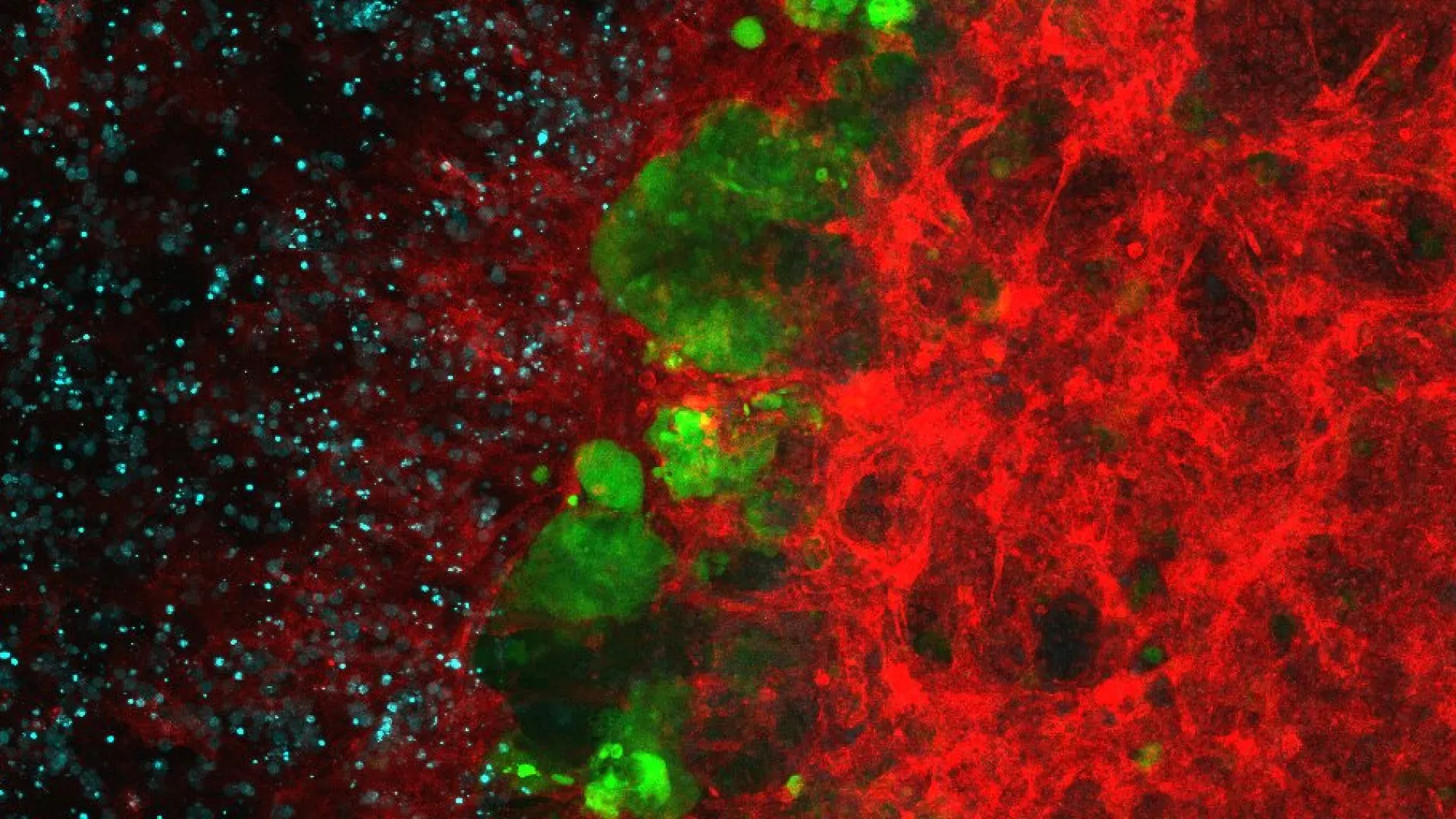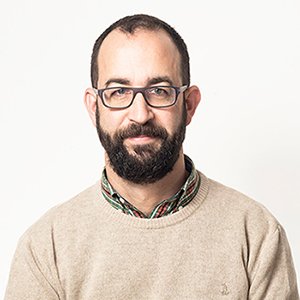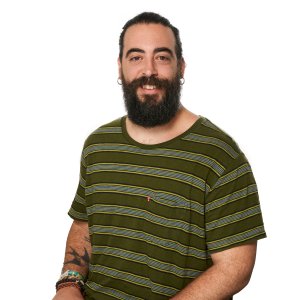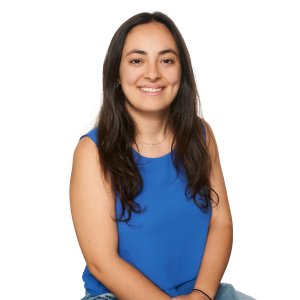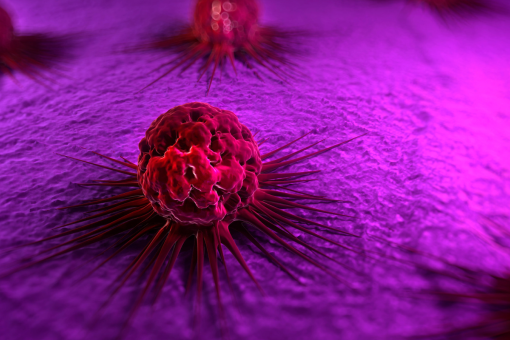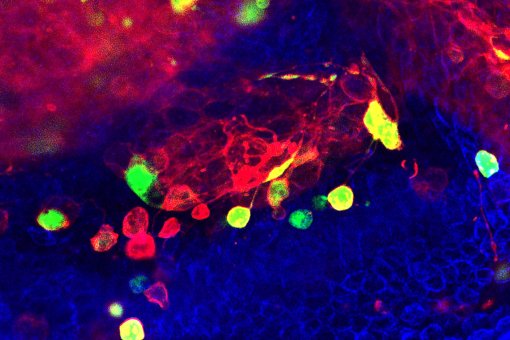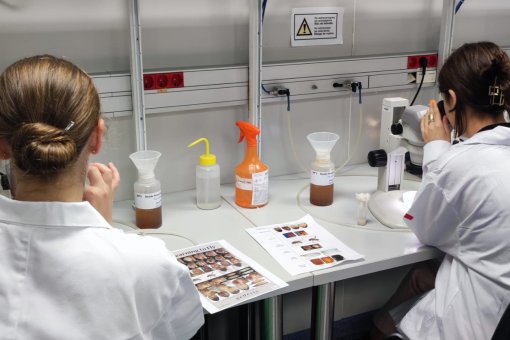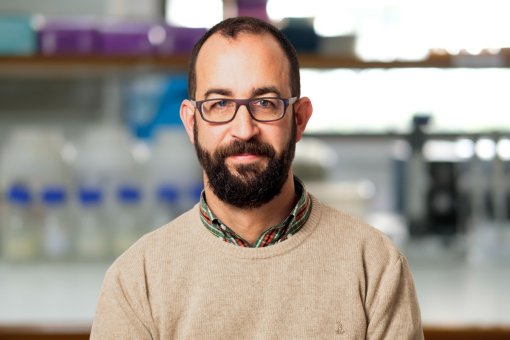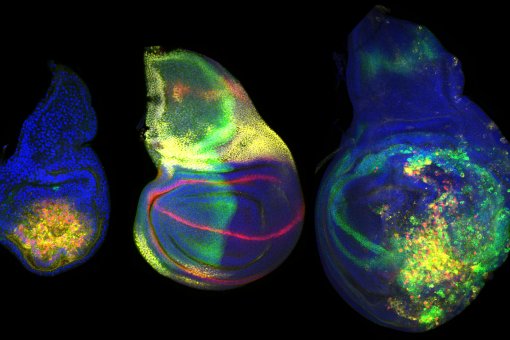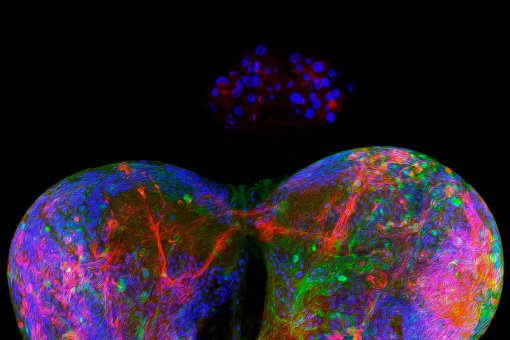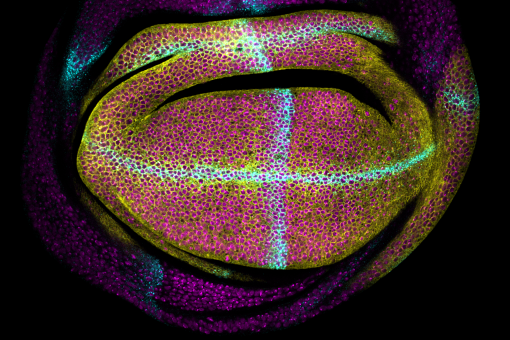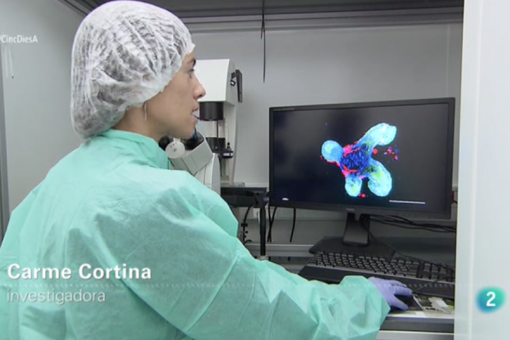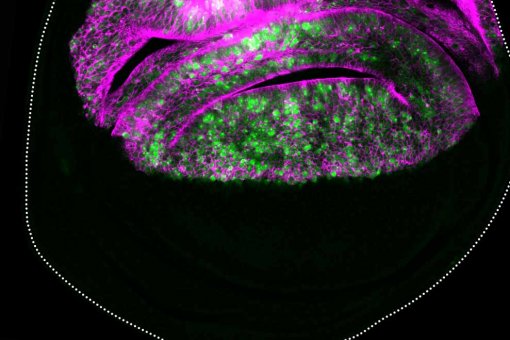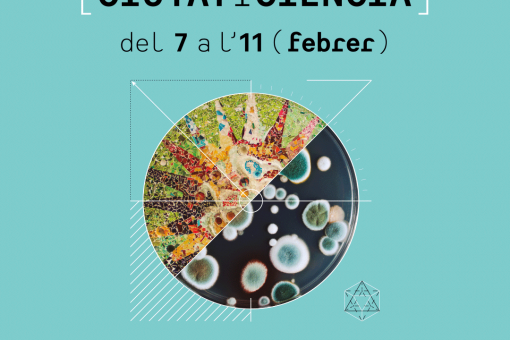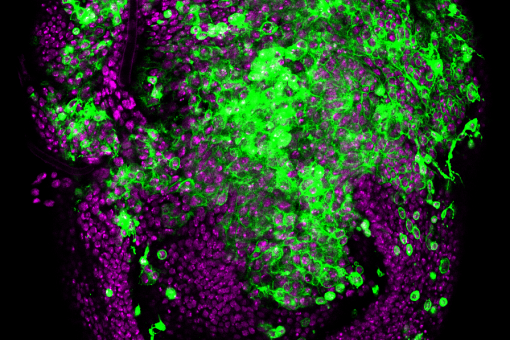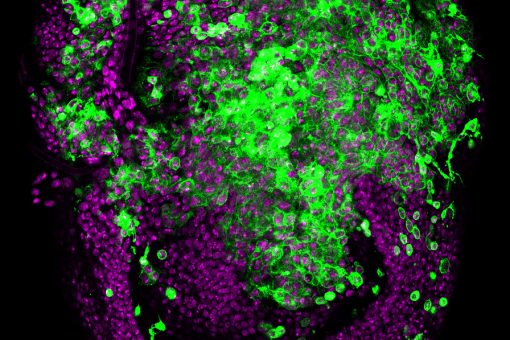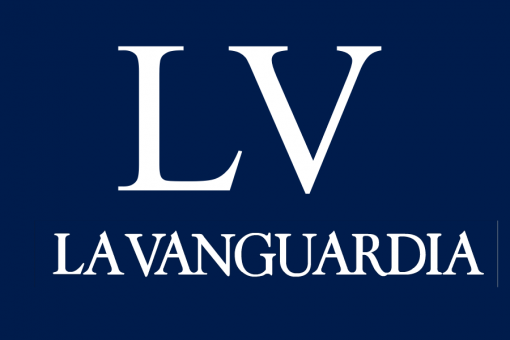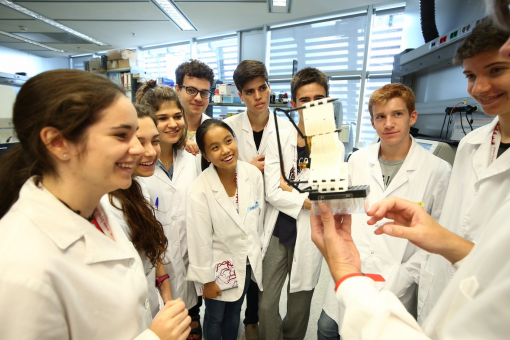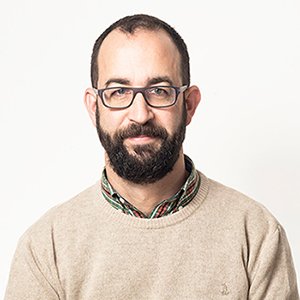
ICREA Research Professor
Meet Our Scientists Videos
Research information
Research interests
During the development of multicellular organisms, body growth is controlled at the scale of the organism by the activity of long-range signaling molecules, mostly hormones. These systemic factors coordinate growth between developing tissues and act as relays to adjust body growth in response to environmental changes. In target organs, long-range signals act in concert with tissue-autonomous ones to regulate the final size of a given tissue.
The interplay between systemic and tissue-autonomous signals contributes to defining the final size of a tissue or organ. Drosophila imaginal discs, simple epithelial invaginations that grow one thousand fold in mass and cell number, are probably one of the best model systems to analyze at the genetic and molecular level the control of size in a growing epithelium. My lab uses the wing imaginal disc to dissect the cellular and molecular mechanisms underlying the regulation of tissue growth.
We take an integrative approach as we aim to understand how the final size of the developing wing is achieved not only during normal development but also in stress conditions. In this regard, we are dissecting the cellular and molecular mechanisms underlying the homeostatic capacity of the tissue to several insults (with a special interest in genomic instability) and its potential impact in tumorigenesis. This integrative approach helps to understand the robust interplay between systemic and tissue-autonomous signals in normal development or in stress situations, and contributes to identifying emerging stress signalling molecules transiently induced to compensate for tissue loss that can contribute to tumorigenesis in a condition of chronic expression.
Research lines
- Morphogens and tissue growth: Morphogens are signalling molecules expressed in restricted domains that spread to the rest of the tissue to form a concentration gradient. A complex set of interactions between morphogens and their corresponding signalling pathways contributes to organizing limb growth along the dorsal-ventral, anterior-posterior and proximal-distal axes. We are currently analyzing how these morphogens and their gradients regulate wing growth.
- Systemic hormones and tissue growth: Wing primordia are embedded in the open circulatory system of feeding larva, and the activity of the major nutrient sensing pathways modulates the final size of the developing wing according to nutrient availability. We are currently analyzing the interplay between nutrient sensing pathways and tissue-autonomous signals, including morphogens and their gradients, in regulating wing growth.
- Chromosomal instability and tissue homeostasis. Chromosomal instability (CIN) often results in aneuploidy, which compromises cell fitness and leads to cell death. Despite the dramatic levels of apoptosis observed in wing primordia subject to CIN, the impact on the size of the resulting adult wing is mild. We are currently dissecting the molecular mechanisms used at the cellular and tissue-wide level to dampen the deleterious effects of CIN in the wing epithelium.
- Chromosomal instability and tumorigenesis. Wing primordia subjected to CIN are characterised by tumor-like overgrowths, metastatic behavior and malignancy to the host upon blockade of the apoptotic machinery, and this tumorigenic response relies mainly on the production of highly aneuploid cells that delaminate from the epithelium and activate a JNK-dependent transcriptional response. We are currently dissecting the cellular and molecular mechanisms underlying CIN-induced tumor growth, metastatic behavior and malignancy.
Selected publications
Projects
Grup de Recerca consolidat (SGR 2017-2019) de la Secretaria d'Universitats i Recerca del Departament d'Empresa i Coneixement de la Generalitat de Catalunya. Agencia de Gestió d'Ajuts Universitaris i de Recerca (AGAUR). Referencia: 2017 SGR 443.


"Control del cercimiento y señalización celular” (INTEGROWTH), cofinanciado por el Ministerio de Economía, Industria y Competitividad - Agencia Estatal de Investigación y por el Fondo Europeo de Desarrollo Regional (FEDER) de la Unión Europea, una manera de hacer Europa. Referencia: BFU2016-77587-P.



"Control del crecimiento en desarrollo, homeostasis y tumorigénesis" (HOMEOGROWTH), financiado por la Agencia Estatal de Investigación (PID2019-110082GB-I00 / EAI / 10.13039/501100011033).

"Comportamientos celulares inducidos por aneuploidía" (ANEUCELL), financiado por la Agencia Estatal de Investigación (PID2022-137673NB-I00 / EAI / 10.13039/501100011033) y por FEDER Una manera de hacer Europa.

"Dinámica y estabilidad cromosómica" (CHROMODYST), financiado por la Agencia Estatal de Investigación (RED2022-134961-T / EAI / 10.13039/501100011033).

